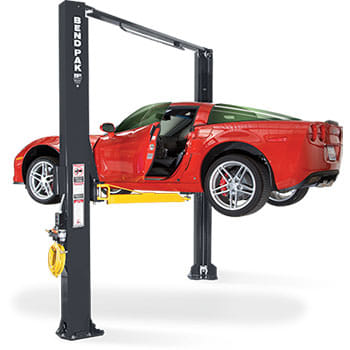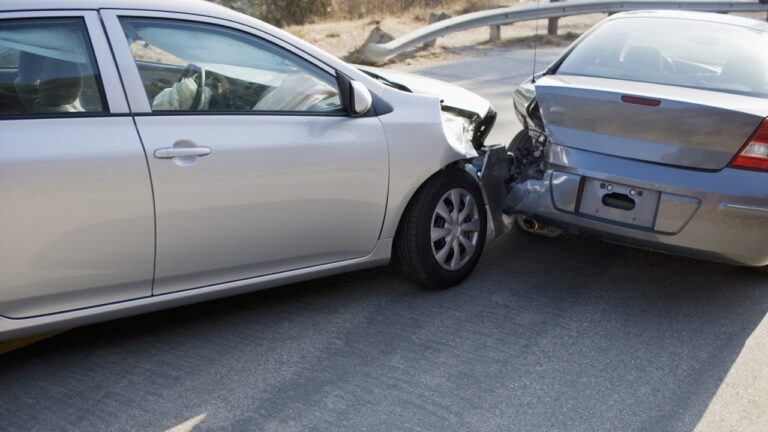Auto insurance is a critical aspect of owning and operating a vehicle. Not only is it legally required in most jurisdictions, but it also serves as a financial safety net in case of accidents or damages. Within the realm of auto insurance, two key concepts dominate discussions: liability and premiums. In this comprehensive guide, we will delve deep into understanding these concepts, their significance, and how they impact policyholders.
Understanding Auto Insurance
Before delving into liability and premiums, it’s crucial to grasp the basics of auto insurance. Auto insurance is a contract between the policyholder and the insurance company, wherein the insurer provides financial protection against losses incurred due to accidents, theft, or other damages in exchange for regular premium payments. The policy typically covers liability, property, and medical expenses.
Liability Insurance
Liability insurance is the foundation of most auto insurance policies. It covers the cost of damages and injuries inflicted on others in an accident where the policyholder is at fault. There are two main types of liability coverage:
- Bodily Injury Liability: This covers the medical expenses, rehabilitation costs, and legal fees associated with injuries inflicted on other parties in an accident.
- Property Damage Liability: This covers the cost of repairing or replacing the property (such as vehicles, buildings, or structures) damaged in an accident where the policyholder is at fault.
Premiums
Premiums are the regular payments made by the policyholder to the insurance company to maintain coverage. Several factors influence the determination of auto insurance premiums:
- Personal Factors: These include the policyholder’s age, gender, marital status, driving history, and credit score. Younger drivers or those with a history of accidents or traffic violations typically face higher premiums.
- Vehicle Factors: The make, model, year, and safety features of the insured vehicle also play a significant role in determining premiums. High-performance cars or vehicles with a high theft rate may attract higher premiums.
- Coverage Options: The extent of coverage chosen by the policyholder, including liability limits, comprehensive coverage, collision coverage, and additional endorsements, directly impacts the premium amount.
- Location: Insurance premiums vary based on the geographic location of the policyholder. Areas with higher population densities, higher rates of accidents, theft, or vandalism may have higher premiums.
Deductibles: The deductible is the amount the policyholder must pay out of pocket before the insurance coverage kicks in. Choosing a higher deductible typically results in lower premiums and vice versa.
Factors Influencing Premiums
- Driving Record: A clean driving record with no accidents or traffic violations usually results in lower premiums, as it indicates lower risk for the insurer.
- Credit Score: In many jurisdictions, insurance companies use credit scores as a factor in determining premiums. A higher credit score often correlates with lower premiums.
- Annual Mileage: Policyholders who drive fewer miles annually may qualify for lower premiums, as they are considered less likely to be involved in accidents.
- Age and Gender: Younger drivers, especially teenagers, typically face higher premiums due to their perceived higher risk of accidents. Additionally, statistics show that male drivers tend to have more accidents than female drivers, which may result in higher premiums for males.
- Vehicle Safety: Vehicles equipped with advanced safety features such as anti-lock brakes, airbags, and electronic stability control systems may qualify for discounts on premiums.
- Insurance History: A history of continuous coverage and no lapses in insurance can result in lower premiums, as it indicates reliability and responsibility on the part of the policyholder.
Conclusion on Auto Insurance: Liability and Premiums
Auto insurance is a complex but essential aspect of vehicle ownership. Liability coverage protects policyholders from financial liabilities arising from accidents, while premiums determine the cost of maintaining that coverage. Understanding the factors that influence premiums and the importance of adequate liability coverage is crucial for making informed decisions and securing financial protection on the road. By comprehensively understanding auto insurance, policyholders can navigate the insurance landscape with confidence and peace of mind.








